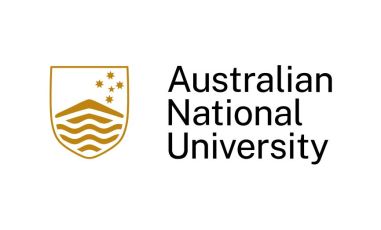Australian National University
Bachelor of Design

The Bachelor of Design critically engages with a diverse set of concepts and practices that give students creative agency to respond to our world’s wicked problems. Courses offered in the program encourage research-driven approaches and partnerships with industry to prepare students with transferable knowledge and skills required to engage sustainably and ethically in a rapidly changing world.
The Bachelor of Design combines cutting-edge digital practices with internationally renowned studio disciplines, allowing students to develop agile approaches to design futures.
Students benefit from deep immersion in digital, practical and theoretical modalities. They engage with wide-ranging perspectives of creative practices to forge their own unique path to becoming designers. From coding, to making, to manufacture, students apply hands-on design to digital and physical materials. Students delve into a wide range of fields from visual communication and web design, data visualisation, and interaction design, object design, user experience design, 3D fabrication, service design, sustainable design, design thinking, to strategic design, they experiment in studios to develop expertise in contemporary approaches.
Employment Opportunities
Graduates of the Bachelor of Design may find careers in fields including object design, visual communication, data visualisation, user experience design, graphic design, web design, interface design, design thinking and strategic design.
Learning Outcomes
- demonstrate skills and knowledge of the practices, languages, forms, materials and technologies in their relevant discipline;
- research, develop and evaluate design concepts and processes by thinking creatively, critically and reflectively;
- apply skills and knowledge to the creation, visualisation and production of design projects;
- work independently and collaboratively on design projects and respond to project demands;
- interpret, communicate and present ideas, problems and arguments in modes suited to a range of audiences; and
- recognise and reflect on social, cultural technological, environmental and ethical issues of creative practice and design considering local and international perspectives.


